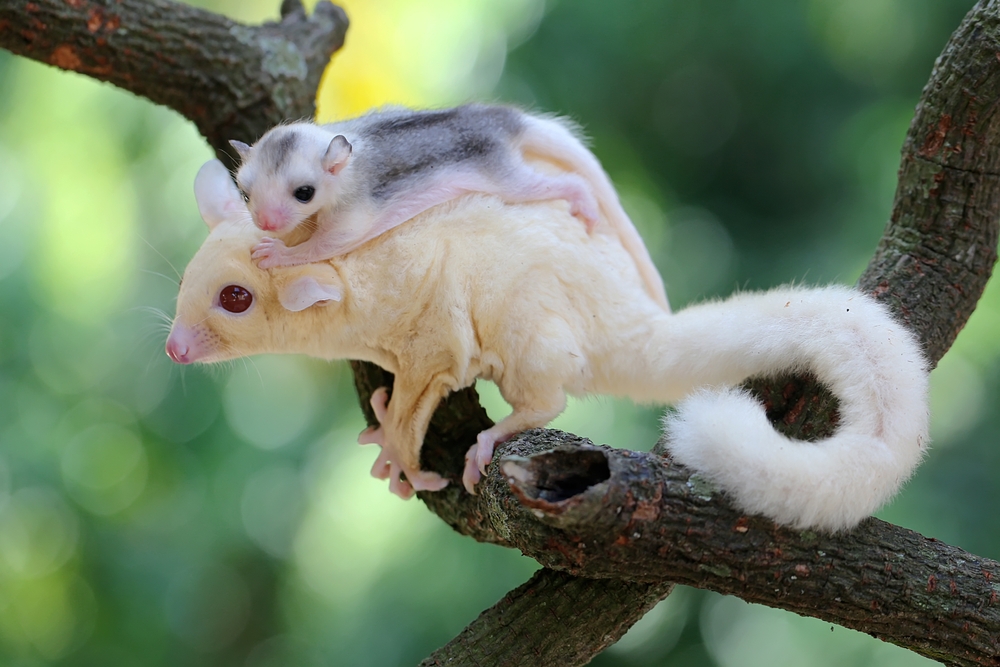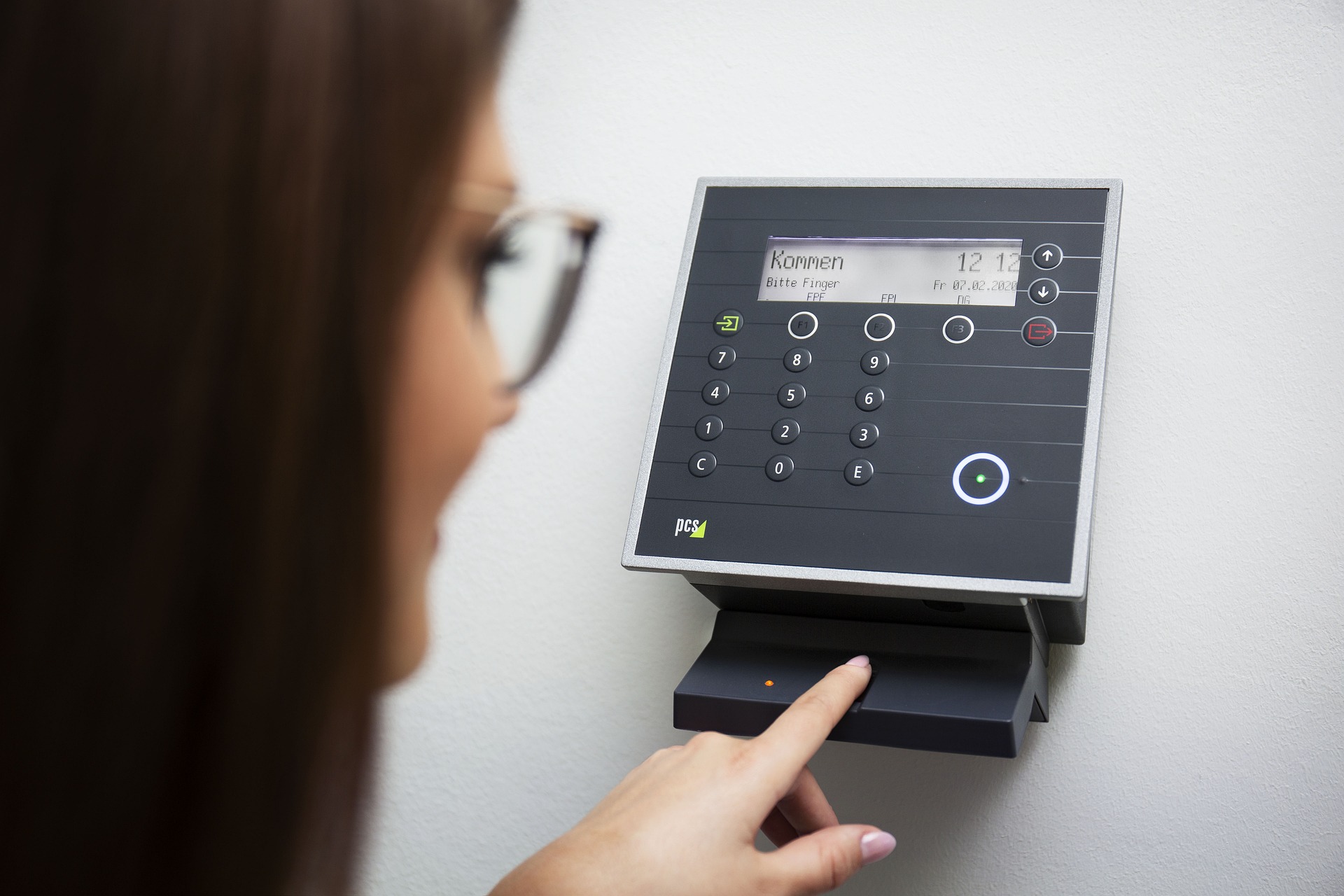The Intriguing World of Australian Sugar Gliders: Pocket-Sized Marvels of Nature
Australia is known for its unique and diverse wildlife, and one of the most charming inhabitants of this continent is the sugar glider. This adorable creature, with its large eyes and furry body, has captured the hearts of many animal enthusiasts. But there's more to the sugar glider than just its enchanting looks. Let's delve into its fascinating world.

Introducing the Sugar Glider: An Overview
Sugar gliders, scientifically known as Petaurus breviceps, are small nocturnal marsupials native to Australia, New Guinea, and Indonesia. They are renowned for their distinctive gliding membrane, known as the patagium, that stretches from their wrist to their ankle, allowing them to glide from tree to tree in search of food and escape from predators. These small marsupials have a unique diet, feeding on the sap of eucalyptus and acacia trees, nectar, and insects, which gives them their sweet name.
The Evolution and Ecological Role of Sugar Gliders
The sugar glider is part of the Petauridae family, which evolved around 18 to 24 million years ago during the late Oligocene to early Miocene era. They play a critical role in their ecosystems, acting as pollinators and seed dispersers for various trees and plants. This contributes to the overall health and biodiversity of their habitats.
Sugar Gliders in Today’s World: Conservation and Challenges
While sugar gliders are relatively common in their native habitats, they are facing increasing threats due to habitat loss from deforestation and bushfires, predation, and climate change. However, they are currently listed as “Least Concern” on the International Union for Conservation of Nature (IUCN) Red List. Efforts are in place to monitor their population numbers and preserve their habitats.
The Rising Trend of Sugar Gliders as Exotic Pets
Sugar gliders have become popular exotic pets in recent years due to their small size, unique abilities, and endearing personalities. They can live up to 15 years in captivity with proper care. However, they are not an easy pet to care for. They require a specialized diet, plenty of space to glide and play, and social interaction. While pricing varies, sugar gliders can range from $100 to $500, with additional costs for housing, food, and veterinary care. This rising pet trend has sparked debates about the ethical implications of keeping sugar gliders as pets and their impact on wild populations.
The Future of Sugar Gliders: Research and Conservation
Current research on sugar gliders is focused on understanding their behavior, ecology, and physiology to aid conservation efforts. Scientists are also studying the impacts of climate change on their populations and habitats. The hope is that through ongoing research and conservation efforts, these enchanting creatures will continue to glide through the forests of Australia for generations to come.
In conclusion, the Australian sugar glider is a fascinating creature with a unique evolutionary history and ecological role. Despite the challenges they face, they continue to thrive and captivate the hearts of many. As we continue to learn more about these pocket-sized marvels of nature, their preservation becomes even more crucial.






